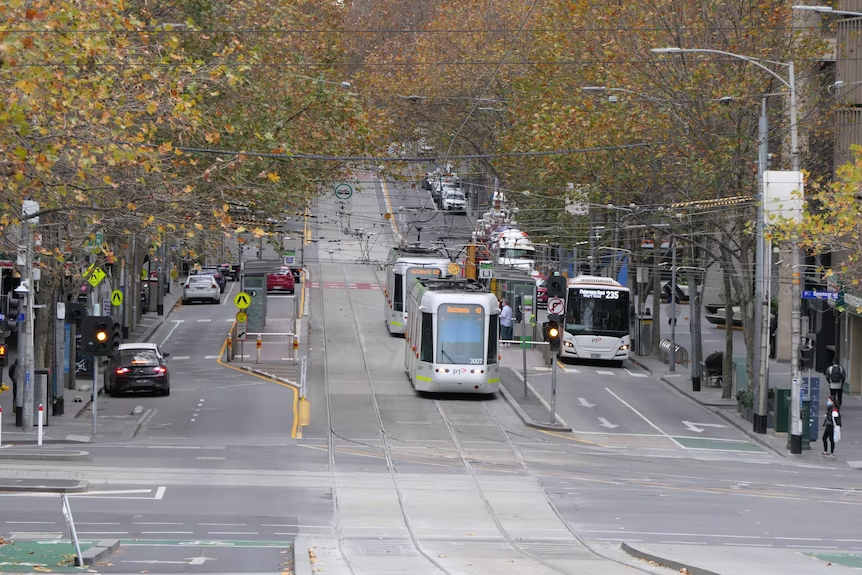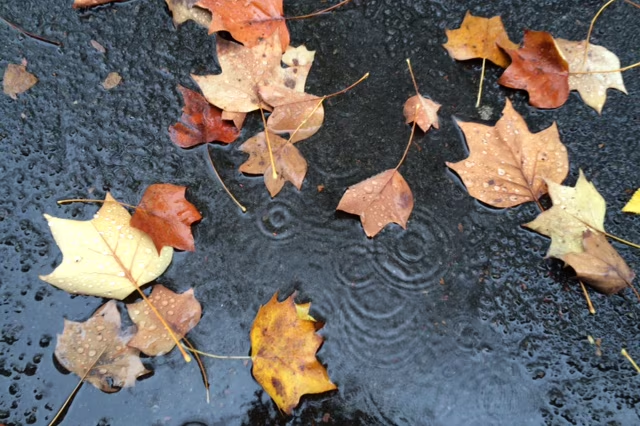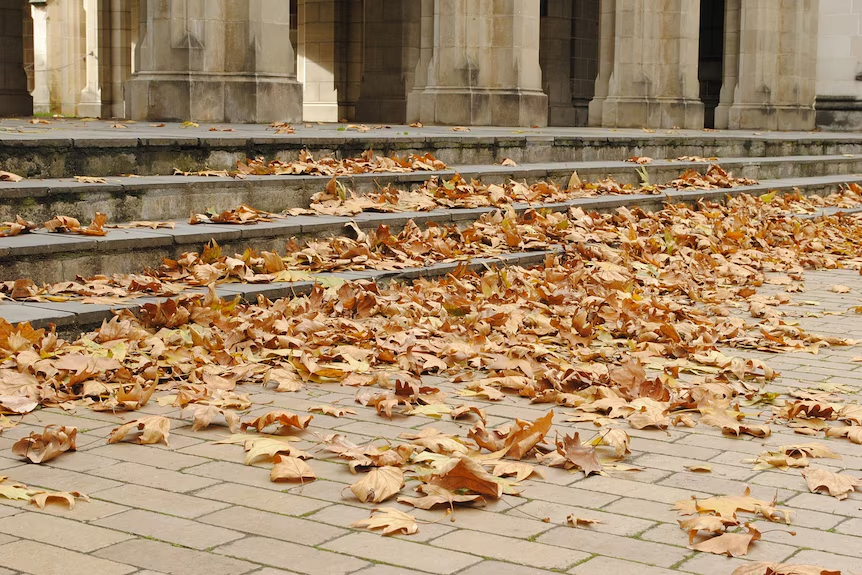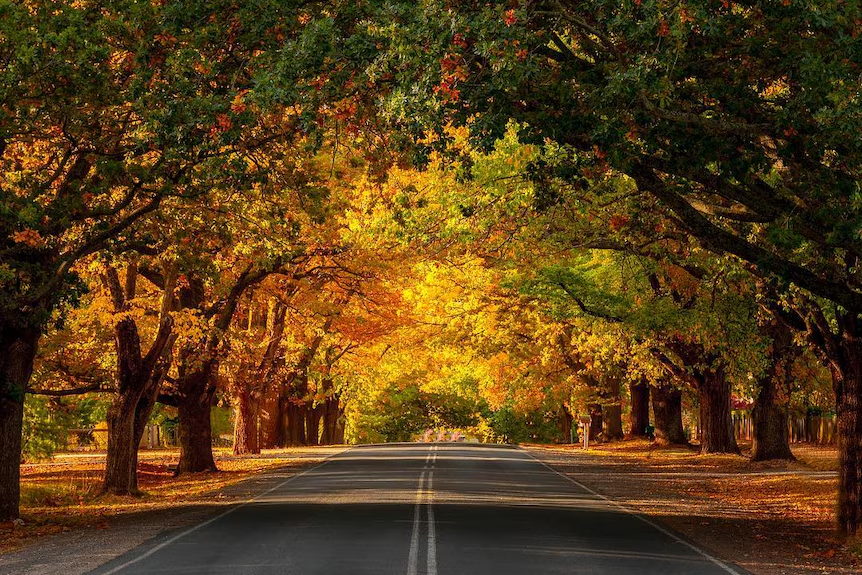It’s the season of change. Leaves turn gold offering stunning displays of colour.
The days get shorter and it gets cooler.
But autumn is often considered to be best season of the year for people visiting Victoria, with plenty of blue sky days and mild weather.
And it’s sowing season for major winter crops like barley, canola and wheat.
The season started out dry and warmer than normal.
The Bureau of Meteorology reported that “a heatwave affected most of south-eastern Australia in the first half of March, with both daytime and night-time temperatures more than 10C above the March average.”
There was a glimmer of hope for parched areas over summer with rain in early April, then ended up mostly dry again.
Victoria’s rainfall was the ninth lowest on record across Autumn and the lowest since 2008.
A warm and dry March
The season began with below average rainfall across nearly all of the state. Parts of the south-west had below average, or lowest on record rainfall.
Averaged across the state, it was the seventh driest March on record, and the driest since 1986.
Bendigo, along with Edenhope, Longerenong and Kanagulk in the Wimmera recorded no rain at all. And Maryborough in the north central district had just 0.2 mm. Ballarat had less than a millimetre.
Melbourne scored just 8 per cent of its usual March rain due to only light rainfall over a total of six days. All up it came to 2.8mm.

March turned out to be Victoria’s fourth warmest on record and the warmest since 2017.
Daytime highs averaged 2.68C above normal. Castlemaine’s 38.5C, along with Kanagulk in western Victoria’s 40.6C, were their hottest March days on record.
And at night, Melbourne Airport had its warmest March night on record, not falling below 26.2C.
April showers
Moving to April, and there was joy in the farming community that the tide had turned, as a cold front and low swept across the state at the beginning of the month, bringing widespread rainfall.
Could this be the “autumn break” they were waiting for?
Central Victoria garnered the lion’s share of the rain.

Castlemaine, Kinglake, Kyneton, Mornington and Wonthaggi among others had their wettest April days on record for the second of the month.
But the liquid gold didn’t last.
By the end of April there were below average rain totals in the far west, North East and East Gippsland districts. Mildura only notched up 1.8 millimetres in the rain gauge.
Melbourne had 124mm of rain. That’s 174 per cent of the long term mean for April.

But it mostly came in two lumps — 53mm on the second and 36mm on the ninth.
The parks and gardens in Melbourne’s east were looking especially lush.
Scoresby had nearly two-and-a-half times its average April rain.
A number of cold fronts rolled through, bringing chilly air from the south.
So the maximum temperature averaged across the state was a little below the long-term average, but more so in western and southern areas.
Below average rainfall for May
May was marked by long spells of settled weather. And it was good news for those expecting to spend each day sweeping up autumn leaves.
In Melbourne, they clung on to the trees as wind speeds were well below normal, apart from a few breezy days near the end of the month.
After a wet April for much of the state, the tables were turned in May.

Although Seymour in the North Central district had its highest rain total on record for May, and several places, including Lancefield and Mansfield had record one-day May rainfall after a deluge on the 31st, it was overall another month of below normal rain.
Melbourne’s water storages have held up well despite below average rain across the catchments in May.
Melbourne Water tells us that at the end of May they were 87.3 per cent full. At the same time last year they were at 89.8 per cent of capacity.
Daytime temperatures were slightly above average as clear skies on a number of days helped with warmth. They were well above average in the state’s north-east.

